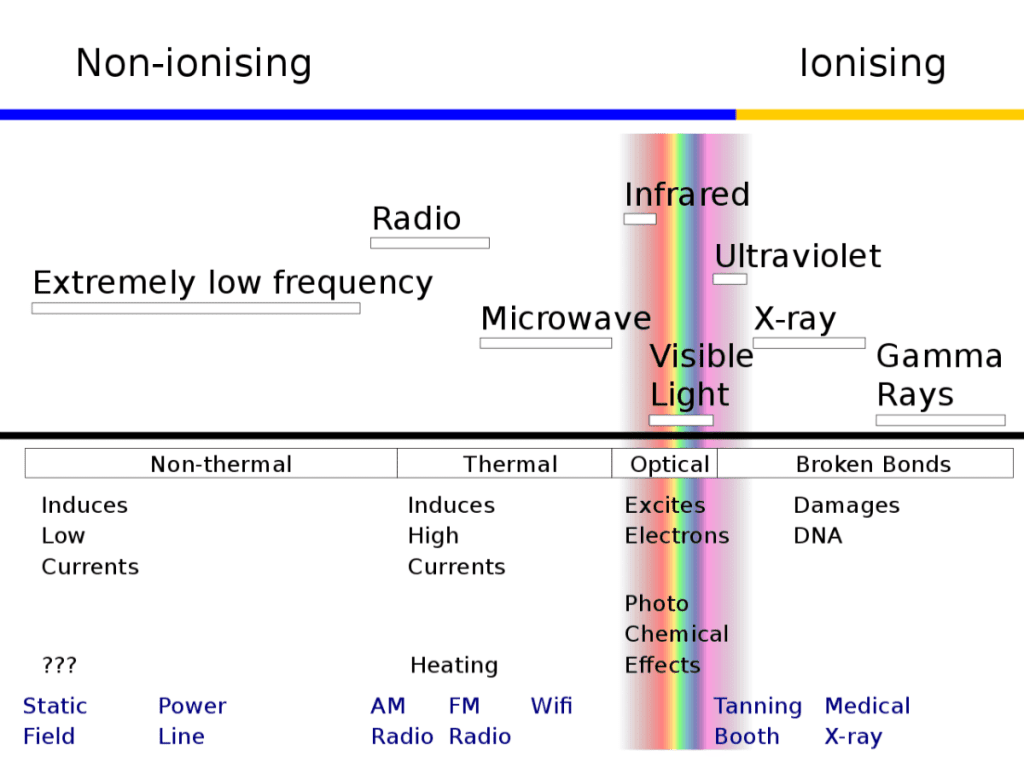A study published in Nature’s Scientific Reports documented the release of toxins from a tattoo pigment. Irradiation from laser removal or heat forces the substance to break down. But the dye that releases hydrogen cyanide is also an inert ingredient in specific pesticide formulations.
Ovens do not reach the temperature required to break down the dye. Safety regulations for pesticides must take different precautions for cannabis, though. Burning a joint of dry bud, for example, causes new chemical reactions.
Irradiation versus combustion of Phthalocyanine
Colour occurs when a molecule contains enough conjugated double bonds. And it requires different amounts of energy to break apart molecular bonds and, ultimately, the colours they refract. Lasers can, therefore, bleach or change a chemical with the right intensity and wavelength.
A pigment used in tattoos, food, and agricultural ingredients is known as copper (II) phthalocyanine. (1) When a strong enough laser rips up phthalocyanine’s molecular bonds, though, the process releases toxins such as benzene and hydrogen cyanide. (2)

Pesticide formulant releases cyanide
Health Canada approves certain formulants for use in pesticides as unlisted inert ingredients. (4, 5) These comprise the carriers, emulsifiers, solvents, and other inactive ingredients. Blue and green analogues of copper (II) phthalocyanine are authorized inert ingredients by the Environmental Production Agency (EPA) in the US and, subsequently, Health Canada.
Purespray, which is approved for use on cannabis, contains 99% mineral oil and 1% inert ingredients. The inert ingredients are, however, undisclosed in Canada. But the pesticide is parented and protected under patents owned by Suncor Energy. And patents owned by Suncor that cover their Purespray line utilize phthalocyanine. (2)
Pyrolysis of an added colour
Research demonstrated that toxins released from the dye could be harmful when removing a tattoo. For this reason, the researcher’s additionally tested the chemical stability of copper (II) phthalocyanine under high heat.
Labs can quantify combustion products with a special reaction that is absent of oxygen, known as pyrolysis. Combined with Gas Mass Spectrometers, the reaction quantifies toxins produced after a material combusts. And above 700° Celcius, hydrogen cyanide liberates from phthalocyanine-based dyes. (2)
Luckily, though, embers on properly packed joints should burn below 580° Celcius. (3) Cannabis does, however, burn hot when it is too dry, poorly ground, or high in residual magnesium and nitrogen from the grow. Without pesticides, plant material and its terpenes release oxide gasses, benzenes, and even hydrogen cyanide at exceptional temperatures.
Restricting cyanide emissions
Every 2.5 milligrams of copper (II) phthalocyanine per millilitre converts into 27 micrograms of hydrogen cyanide (HCN) at temperatures above 800° Celcius. (1) And five micrograms of hydrogen cyanide per millilitre of blood is toxic — a concern when removing tattoos containing the dye. (2)
Five litres of dyed agricultural solution diluted to label instructions would produce five micrograms of hydrogen cyanide when subjected to acute temperatures. Health Canada willing disclosed that Purespray FX, approved for cannabis crops in Canada, does not contain phthalocyanine. (6) Albeit, Health Canada requires a data review when a product contains more than 1% dye.

Irradiation and myclobutanil lessons
An active Pest Control ingredient known as myclobutanil emits considerable quantities of cyanide gas. Accommodating background noise, Health Canada restricted myclobutanil to 20 parts per billion, or 0.000002%, of dried cannabis. When the plant burns in a joint, for example, any residual agricultural ingredients combust into the stream of inhaled smoke. (2)
Microbial restrictions often force cannabis producers to sterilize crops with irradiation. Gamma rays and e-beams used to sterilize cannabis and food are far weaker than lasers used to remove tattoos, though. Moreover, consumers cannot inhale any toxic gas during standard irradiation processes. (1, 2, 7) That said, irradiation leaves cannabis bone dry, allowing it to burn hot and release harmful oxides.
In conclusion, does the high temperature required for degrading copper (II) phthalocyanine allow for its safe use during cannabis production? Let us know what you think in the comments.
Limitations
- The presented values of hydrogen cyanide emitted from dilute pesticide solutions are approximate mathematical calculations not derived from quantitative data.
Sources
- Suncor Energy. Turfgrass fungicide formulation with pigment. US9485988B2
- Schreiver, I., Hutzler, C., Laux, P. et al. Formation of highly toxic hydrogen cyanide upon ruby laser irradiation of the tattoo pigment phthalocyanine blue. Sci Rep 5, 12915 (2015).
- Justice, A. Roggen, M. 2019. What Is the Science Behind White Ash and Black Ash? CBT.
- Health Canada. 2006. Regulatory Directive: Formulants Policy and Implementation Guidance Document. Accessed 07/23/2022.
- PMRA List of Formulants. 2020. CAS 0000147-14-8. Gov Ca. 4b. CAS 1328-53-6. Accessed 03/13/2021, 07/23/2022.
- Communication with the Media Department of Health Canada.
- Communication with Markus Roggen, Ph.D. 05, 2021. 07, 2022.



